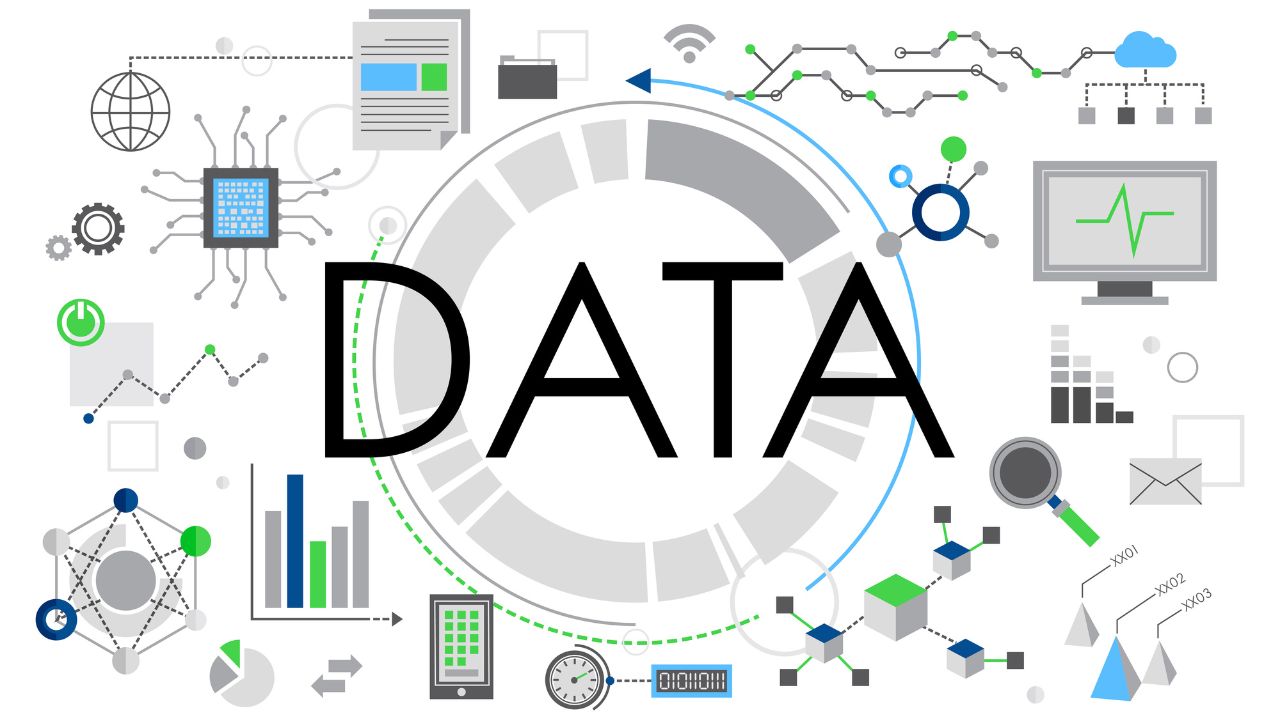Home < Blog < Using Pet Product Data to Build AI Models for Price Monitoring and Product Matching
Using Pet Product Data to Build AI Models for Price Monitoring and Product Matching
Posted on: April 22, 2025
If you're working in ecommerce analytics, machine learning, or retail automation, you already know the power of clean, structured product data. In this post, we’ll explore how structured pet product data — extracted from leading online retailers — can be used to train AI models for price monitoring, product matching, and intelligent recommendation systems.
From ingredient-rich dog food listings to SKU-level price histories, this type of data offers the building blocks for training models that understand real-world product information. Whether you're trying to build a price tracker, analyze pet product trends, or train a classification model on product attributes, structured retail data is a powerful tool.
What's in a Pet Product Dataset?
A typical pet product dataset includes detailed product-level data that's ideal for machine learning, analysis, and natural language processing. Key fields include:
-
Product title and description
-
Brand and SKU
-
Price and original price
-
Stock status
-
Category hierarchy (e.g., Food > Dog > Dry Food)
-
Image URLs
This structure makes it easy to group, classify, or compare items, and gives ML models a diverse range of features to learn from.
Building a Price Tracker Using Pet Product Data
One of the most popular applications of product datasets is real-time price tracking. You can use pet ecommerce datasets to:
-
Monitor historical price changes by SKU
-
Train time-series models to predict price drops
-
Identify discount patterns based on brand or category
This supports ecommerce intelligence tools and alert-based systems that monitor product affordability across multiple retailers.
How to Train an AI Model on Pet Food Categories
Pet products are uniquely hierarchical (e.g., Dog > Food > Dry > Grain-Free). This makes them perfect for multi-level category classification. Using product titles and descriptions, you can train NLP models to automatically:
-
Assign categories to new listings
-
Classify by species, type, and dietary need
-
Predict likely subcategories for new products
Product Matching and Deduplication
With thousands of SKUs online, product matching is critical for deduplicating similar listings across brands or marketplaces. Using fields like title, brand, and price, you can train a product similarity model that helps:
-
Group nearly identical listings
-
Merge duplicate products for catalog efficiency
-
Enhance internal search and recommendation accuracy
Recommendation Systems for Pet Products
Want to build a simple recommender? Using categories, price ranges, and product tags, you can start training:
-
Collaborative filtering models
-
Content-based recommenders using product attributes
This is especially useful for niche ecommerce players, subscription box services, or pet-focused loyalty apps.
Why Structured Product Data Fuels Retail AI
Structured ecommerce datasets — from marketplaces like Amazon, Chewy, and others — give you clean, usable product data that simplifies ML workflows.
With minimal preprocessing, you can:
-
Parse long-tail descriptions for NLP tasks
-
Visualize price changes across categories
-
Build taxonomies from breadcrumbs
Whether you're in beauty, grocery, or pet ecommerce, structured product data is the foundation of any smart retail tool.
Get the Dataset
CrawlFeeds offers structured datasets for pet products from multiple marketplaces — including Amazon, Chewy, and other online retailers. Delivered in CSV or JSON, they’re ideal for developers, data scientists, and retail researchers.
Latest Posts
Find a right dataset that you are looking for from crawl feeds store.
Submit data request if not able to find right dataset.
Custom request




